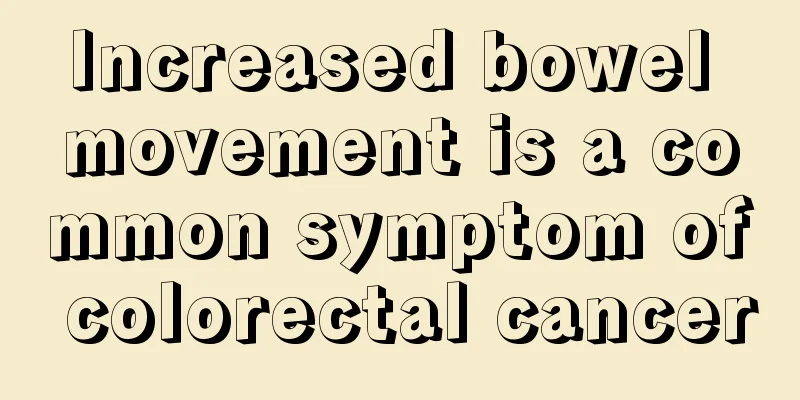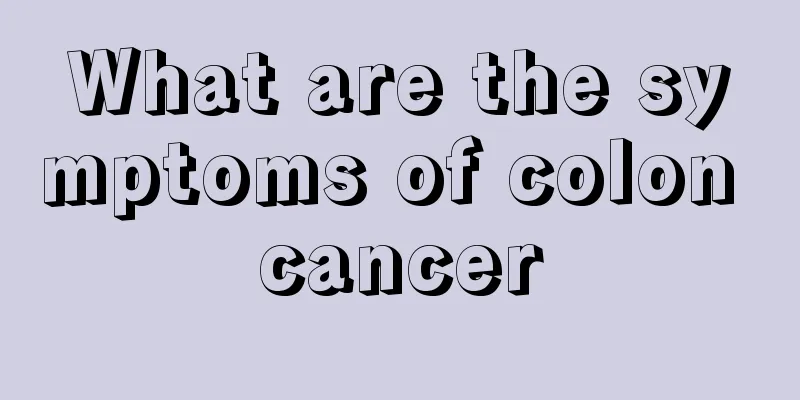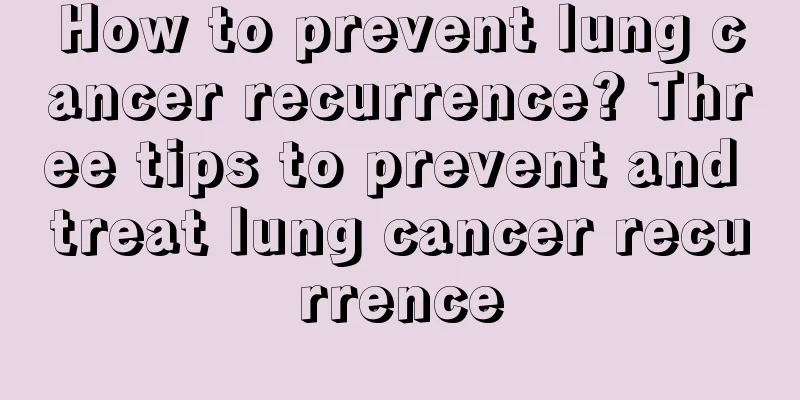What are the steps of manual CPR?

|
Sudden cardiac arrest is a relatively dangerous phenomenon for the human body. It is usually caused by heart disease, or ischemia or hypoxia in the body's blood vessels, which can easily lead to cardiopulmonary arrest. Cardiopulmonary resuscitation can help the heart beat, relieve the pressure on the heart, and help the patient breathe smoothly. Causes Causes of cardiac arrest can be divided into cardiac arrest and non-cardiac arrest Disease classification During cardiac arrest, the heart loses its effective pumping function, but the ECG and heart activity do not completely stop. Based on the ECG characteristics and heart activity, cardiac arrest can be divided into the following three types: 1. Ventricular fibrillation: The ventricular muscle vibrates rapidly, irregularly, and uncoordinatedly. The electrocardiogram shows the disappearance of the QRS complex and its replacement by irregular continuous ventricular fibrillation waves with a frequency of 200-500 beats/minute. This type of cardiac arrest is the most common type, accounting for about 80%. If ventricular fibrillation can be defibrillated immediately, the success rate of resuscitation is higher. 2. Ventricular asthenia: The ventricular muscle completely loses its contractile activity and is in a static state. The electrocardiogram shows a straight line or only atrial waves, which usually appears after a period of cardiac arrest (such as 3 to 5 minutes). 3. Electrocardiographic-mechanical dissociation: This condition is a slow and ineffective ventricular autonomous rhythm. The ventricular muscle may intermittently exhibit slow, extremely weak, and incomplete contractions. The electrocardiogram shows intermittent and gradually widening QRS complexes, with a frequency of less than 20-30 times/minute. Because the heart has no effective pumping function, there are no heart sounds when auscultating, and no pulsation can be felt in the peripheral arteries. This type of heart attack is often the result of severe myocardial damage, which eventually ends in ventricular asystole and makes resuscitation difficult. Although the above three types of ECG and heart activity of cardiac arrest have their own characteristics, the common result is that the heart loses its effective pumping function, leading to circulatory arrest. When systemic tissues are suffering from acute ischemia and hypoxia, the activity of the body's sympathetic adrenal system is enhanced, releasing large amounts of catecholamines and related hormones, causing peripheral vasoconstriction to ensure blood supply to important organs such as the brain and heart; hypoxia leads to anaerobic metabolism and increased lactic acid, causing metabolic acidosis. Steps of Manual CPR 1. After confirming that the scene is safe, the first aid provider pats the patient's shoulder and shouts loudly "Are you okay?" to check whether the patient is breathing. If not breathing or not breathing normally (i.e. only gasping), activate the emergency response system immediately. The BLS procedure has been simplified and "look, listen, and feel" has been removed from the procedure. Implementing these steps is not rational and time-consuming. For this reason, the emergency response system is immediately activated and chest compressions are started. (1) If the patient is found to be unresponsive and not breathing, the first responder should activate the EMS system (dial 120), fetch an AED (if available), perform CPR on the patient, and perform defibrillation immediately if necessary. (2) If there are multiple first responders at the scene, one of them should perform CPR according to the steps, while the other should activate the EMS system (dial 120) and fetch an AED (if conditions permit). (3) When rescuing a drowning or asphyxiation cardiac arrest patient, the first responder should first perform 5 cycles (2 minutes) of CPR and then call 120 to activate the EMS system. |
>>: A good way to solve tooth stuck
Recommend
Which squat belt is better?
Although squats can indeed have a very good effec...
The incidence of bladder cancer is related to genetics and environment
There are many causes of bladder cancer, and its ...
Ten-year recurrence rate of early endometrial cancer
Endometrial cancer can be completely cured in its...
What medicine is better for colds and flu
Colds are a very common disease in life. There ar...
What are the clinical symptoms of bladder cancer?
Bladder cancer is a common tumor disease in life,...
Can nephrolithotomy detect kidney stones?
Kidney stones are a common disease. The pain caus...
Simple description: Common symptoms of melanoma
In recent years, with the increasing severity of ...
How many days does it take for swelling to go down after adenoids surgery
In order to avoid adenoids swelling, some people ...
What medicine should I take for angina symptoms?
Angina pectoris usually occurs after exercise or ...
Why do I catch colds so often?
The frequent occurrence of colds mainly depends o...
Methods to prevent diseases in foggy weather
The current persistent smog weather poses a huge ...
The harm that tongue cancer can bring to the body
What harm will tongue cancer bring to the body? W...
What are the classifications of femoral neck fractures
Everyone is familiar with the word fracture, and ...
How to reduce swelling and relieve pain when my leg is swollen
In life, it is inevitable that there will be bump...
What are the good eating habits for lung cancer? This is how you should eat after being diagnosed with lung cancer
Many people have to endure a lot of social engage...









